| The Damages to Tuvalu | |
| In October 1999, we 'Mibunri Design Institute' went to Tuvalu on a fact finding tour with NHK (Nihon Hoso Kyokai: Japanese National Broadcasting). Based on the information that we collected on this tour, we would like to concisely show what is now happening to Tuvalu. The country of Tuvalu is made up of coral islands with an average elevation of less than one meter above sea level. Thus, Tuvalu is extremely vulnerable to the rising sea levels. |
|
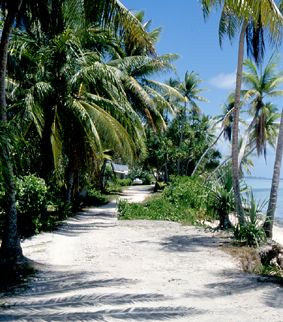 |
The first problem to occur was the erosion of the coastal line. The left picture shows that more than half of the road was washed away by waves due to the progress of erosion. Trees and plants were planted in the hope that this would slow down the pace of erosion. But such efforts are of little consequence when high waves produced by tropical storms reach to heights above the houses on the other side of the road. |
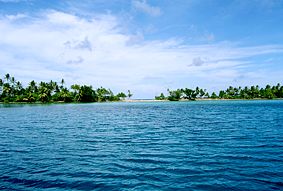 |
The picture on the left shows that this island was once completely devastated as high waves came across the island and washed away the trees and the roads. Since Tuvalu is a country made up of ring-shaped atolls and the narrowest part of these atolls is only about five meters wide, with the smallest rise in the sea level, waves can easily wash over these islands. |
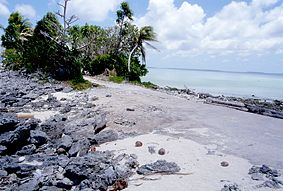 |
(See the picture on the left) The part that had once been eroded away by high waves was repaired with concrete, which does not allow coconut trees and other vegetation to grow. Coconut trees and some other plants'roots are strong enough to hold together soil, sand, and even gravel. These plants are able to maintain the ground and reduce erosion. Concrete, on the other hand, does not seem to be the solution to the problems. |
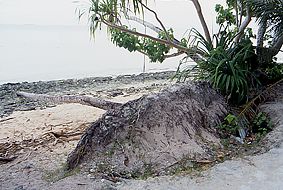 |
Plants, such as coconut trees, make the most adequate seawalls, but even every day waves keep knocking down the coconut trees in Tuvalu, as you can see in the picture to the left. When the coconut trees that protect the islands are knocked down, the islands'coastal areas are open to erosion. The islands end up as in the picture below. |
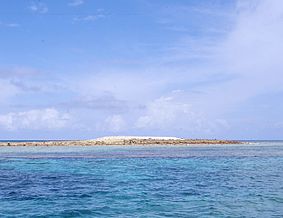 |
As seen in the picture on the left, no coconut trees grow here, completely exposing this island to the waves. The constant barrage of waves will eat away this island until it disappears under the water. |
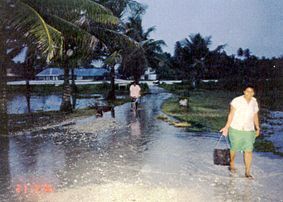 |
The picture on the left shows the damage caused by high waves in 1996. The building with the blue roof is the airport terminal and the white, parallel lines in front of the building are the remains of the runway. It is evident that the waves came up to the middle of the island. |
Damage from waves is not only limited to erosion. Some other types of damage caused by the sea level rising:
An island is no longer habitable when it starts to suffer from these kinds of damages. |
|
| Merry Christmas from Christmas Island is produced and sold by Mibunri Design Institute; Site Communication from 1999 for the purpose of educating more and more people to the damaging conditions brought on by the rising sea level due to global warming. Therefore a part of the sales is donated to the governments of these islands. Copyright 1999Å` MIBUNRI Design Institute. all rights reserved. |